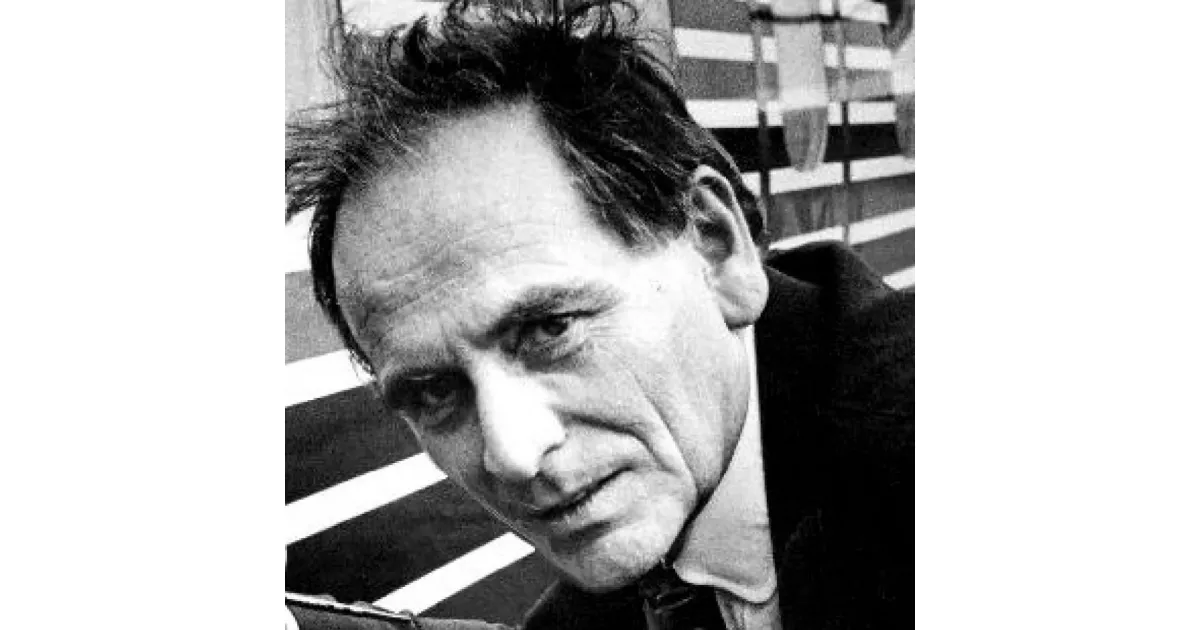Pierre Cardin (1922-2020) was an Italian-born, French fashion designer renowned for his avant-garde and Space Age designs. Favoring geometric shapes and unisex styles, he sometimes disregarded practicality in his experimental creations. Cardin established his fashion house in 1950 and is credited with introducing the iconic "bubble dress" in 1954, marking him as a significant figure in 20th-century fashion.
1969: Collaboration with Simca
In 1969, Pierre Cardin collaborated with French automaker Simca to produce a Cardin edition of the Simca 1100, which was released the following year.
1970: Release of Cardin Edition Simca 1100
In 1970, the Cardin edition of the Simca 1100, a result of Pierre Cardin's collaboration with French automaker Simca, was released.
1972: Partnership with AMC for Javelin Interior Design
In mid-1972, Pierre Cardin partnered with American Motors Corporation (AMC) to design the interior of the AMC Javelin, following the success of Aldo Gucci's design for the Hornet Sportabout. This marked one of the first instances of an American car featuring a special trim package created by a French fashion designer, resulting in a daring and outlandish design.
1973: Continuation of Cardin Interior Option on AMC Javelin
In 1973, the special Pierre Cardin interior option continued on the AMC Javelin model. A total of 4,152 AMC Javelins featured a mirrored, multi-colored pleated stripe pattern in tones of Chinese red, plum, white, and silver set against a black background, along with designer emblems and limited exterior color choices.
1986: Cardin's Estimated Annual Income
In 1986, Women's Wear Daily (WWD) estimated Pierre Cardin's annual income to be over US$10 million, highlighting the financial success of his brand, even with its extensive licensing practices.
1988: Brand Licensing Expansion
Around 1988, Pierre Cardin extensively licensed his brand, extending it beyond fashion, perfumes, and cosmetics to a wide range of products, including items like baseball caps and cigarettes.
1993: Death of André Oliver
In 1993, André Oliver, Pierre Cardin's long-term business and life partner, who was also a French fashion designer, passed away.
1995: WWD Quotes on Brand Dilution
In 1995, Women's Wear Daily (WWD) included quotes criticizing Pierre Cardin for selling his name for products like toilet paper, questioning the loss of brand identity due to excessive licensing. Despite the criticism, the Cardin name remained very profitable.
2005: Harvard Business Review Article
In 2005, a Harvard Business Review article analyzed Pierre Cardin's brand extension into perfumes and cosmetics, noting its initial success due to the brand's premium nature transferring well. The article suggested that the brand's owners mistakenly attributed this success to the brand's strength rather than its fit with the new product categories.
2011: Attempt to Sell Business
In 2011, Pierre Cardin attempted to sell his business, valuing it at €1 billion. However, the Wall Street Journal estimated its worth to be about a fifth of that amount. Ultimately, the sale did not occur.
September 2019: House of Cardin Documentary Premiere
In September 2019, the documentary "House of Cardin", directed by P. David Ebersole and Todd Hughes, premiered to a standing ovation at the 76th Venice International Film Festival in the Giornate degli Autori section. Mr. Cardin was present at the premiere.
December 2020: Death of Pierre Cardin
Pierre Cardin passed away on December 29, 2020, at the age of 98, at the American Hospital of Paris in Neuilly-sur-Seine. The cause of death was not disclosed.
Mentioned in this timeline
NASA the National Aeronautics and Space Administration is an independent...
China officially the People's Republic of China PRC is an...
Japan is an East Asian island country situated in the...

A fashion show is an event held by designers to...
France officially the French Republic is primarily located in Western...
Pakistan officially the Islamic Republic of Pakistan is a South...
Trending

Adam Thielen is a professional American football wide receiver who most recently played for the Carolina Panthers He is known...
2 months ago Fantasy Football Week 7: Start Jaylen Warren, Sit Chase Brown; Gainwell's Role

24 days ago Mike Tomlin Rumored to Want a Change, Possibly Leaving Steelers After Season.

Christian Kirksey is a former American football linebacker who played in the NFL Kirksey played college football at the University...

2 months ago DK Metcalf Fined by NFL for Unsportsmanlike Conduct Against Packers LB

Bo Nix is an American football quarterback currently playing for the Denver Broncos in the NFL After three seasons with...
Popular

Candace Owens is an American conservative political commentator and author...

Tucker Carlson is an American conservative political commentator known for...

XXXTentacion born Jahseh Dwayne Ricardo Onfroy was a controversial yet...

Ben Shapiro is a prominent American conservative political commentator media...

William Franklin Graham III commonly known as Franklin Graham is...

Bill Gates an American businessman and philanthropist revolutionized personal computing...

